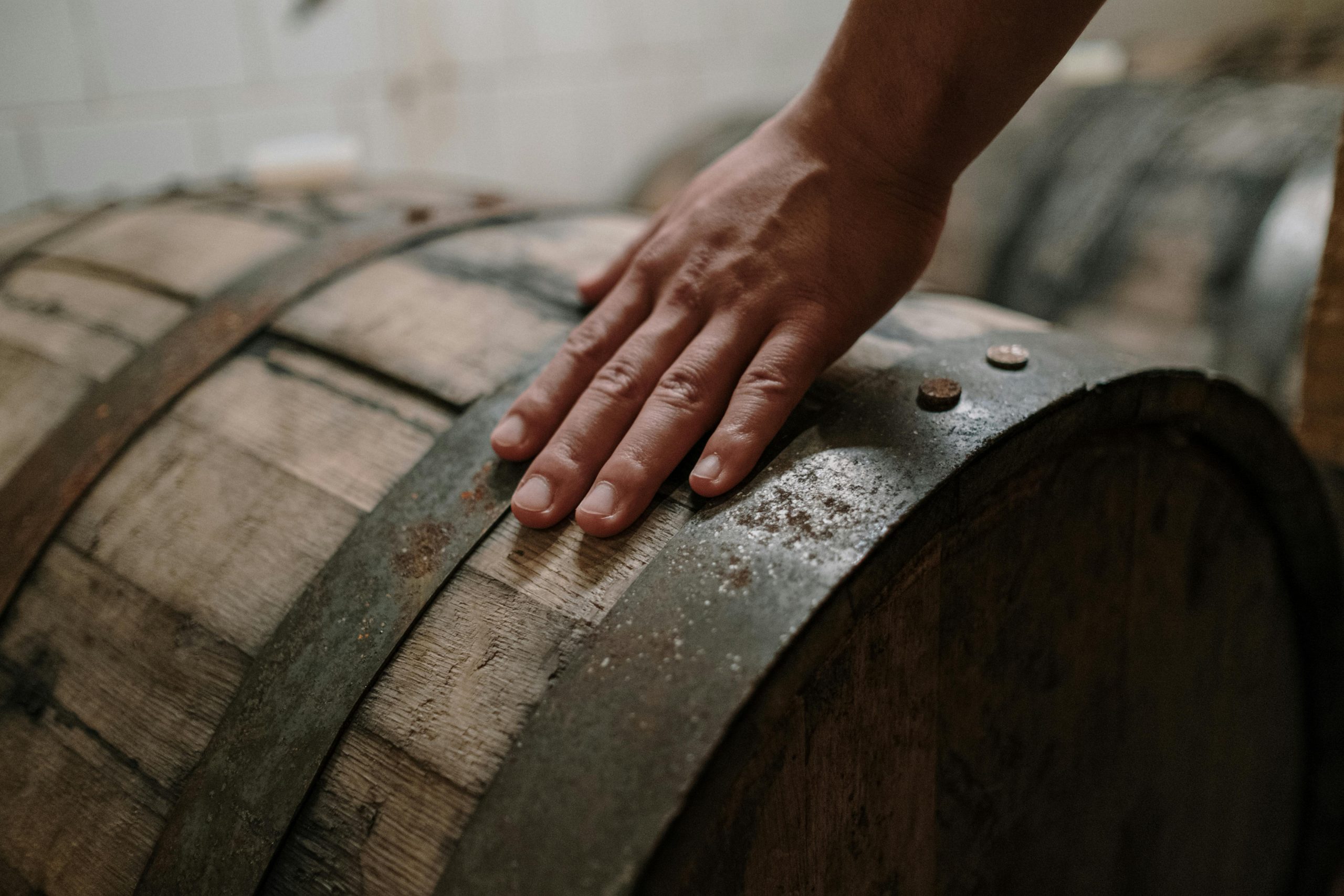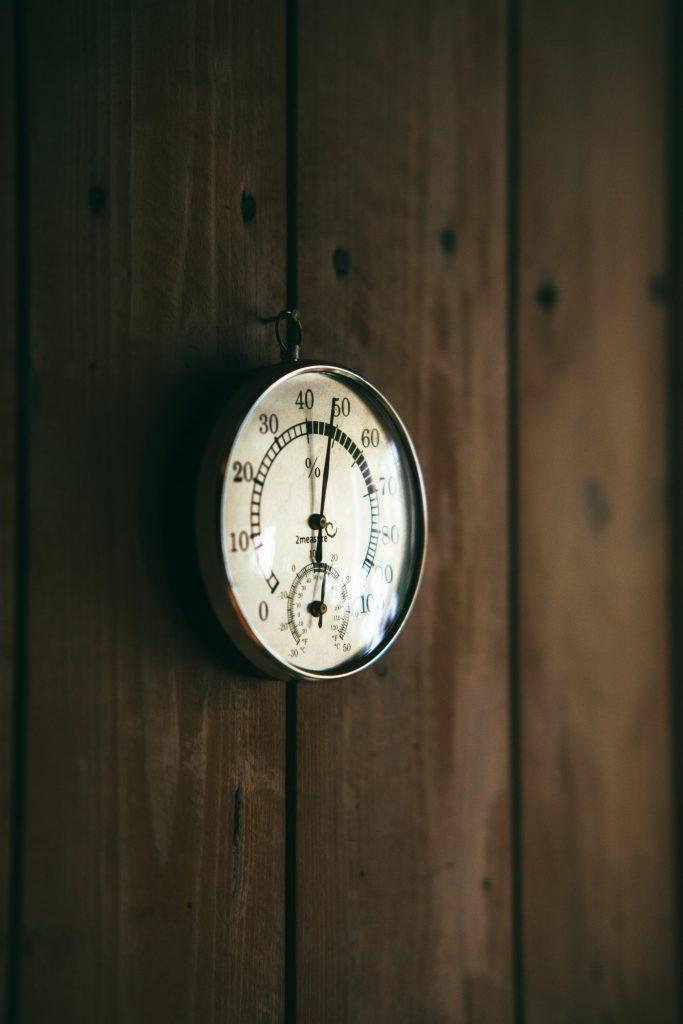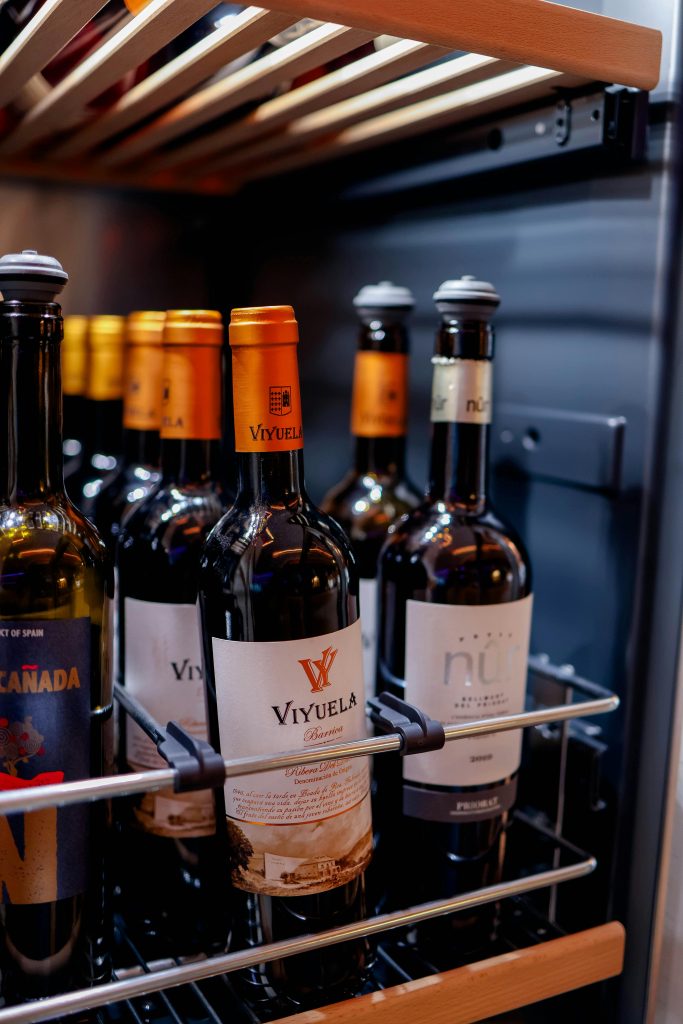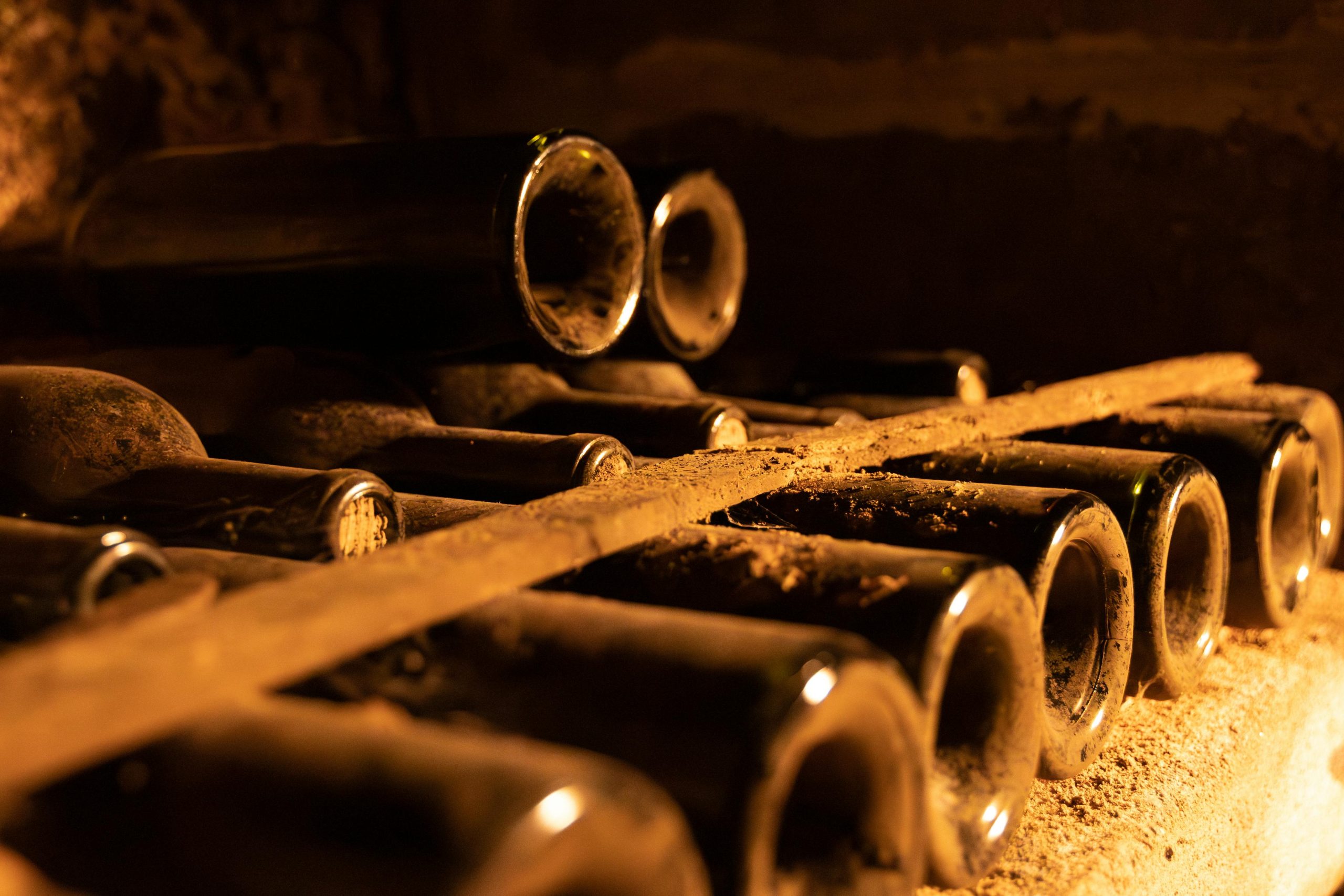
Ever wondered why your favorite bottle just isn’t tasting the same? Or why some wines age like fine art while others… well, not so much? The secret often lies in the hidden battleground of wine storage: temperature control. Welcome to the Temperature Wars, where we explore the science behind creating the perfect environment for your beloved wines. Grab a glass, get comfy, and let’s dive into what makes your wine cellar tick!
Why Temperature Matters
First things first, let’s talk about why temperature is such a big deal for your wine. Wine is a living thing, constantly evolving as it ages. The right temperature ensures that this evolution happens smoothly, enhancing the flavors and aromas you love. On the flip side, the wrong temperature can throw a wrench in the aging process, leading to unpleasant surprises in your glass.
The Goldilocks Zone
When it comes to wine storage, you’re aiming for that Goldilocks Zone – not too hot, not too cold, but just right. Typically, the ideal temperature range for storing wine is between 50°F and 59°F (10°C – 15°C). This range helps maintain the wine’s integrity, slowing down the aging process just enough to let those complex flavors develop over time.
- Red Wines: Prefer the higher end of the spectrum (55°F – 65°F / 13°C – 18°C)
- White Wines and Sparkling Wines: Thrive in cooler conditions (45°F – 55°F / 7°C – 13°C)
- Rosé Wines: Somewhere in between, around 50°F – 60°F (10°C – 15°C)
Maintaining a consistent temperature is key. Fluctuations can cause the wine to expand and contract, which might lead to oxidation or seepage of air into the bottle. Yikes!
The Science Behind Wine Aging
Let’s geek out a bit on the science of wine aging. Wine contains a complex mix of chemicals, including alcohol, tannins, and acids, which interact and evolve over time. Temperature plays a crucial role in how these interactions unfold.
Chemical Reactions at Play
- Alcohol Evaporation: Higher temperatures can accelerate the evaporation of alcohol, altering the wine’s balance and flavor profile.
- Tannin Breakdown: Tannins soften and integrate, creating a smoother mouthfeel. Too much heat can break down tannins too quickly, leading to a loss of structure.
- Acid Balance: Proper temperature helps maintain the wine’s acidity, which is essential for freshness and longevity.
By keeping your cellar within the optimal temperature range, you’re essentially providing the perfect stage for these chemical reactions to enhance your wine’s character.

Humidity: The Unsung Hero
While temperature often takes the spotlight, humidity is another crucial factor in wine storage. The ideal humidity level for a wine cellar is around 60-70%. This helps keep the corks from drying out, preventing air from sneaking into the bottles and spoiling the wine.
Balancing Act
Too much humidity can encourage mold growth and damage labels, while too little can dry out corks. It’s all about finding that sweet spot to keep your collection safe and sound.
Light Exposure: Keep It Dim
We’ve all heard the saying, “Keep it in the dark,” and when it comes to wine storage, it’s spot on. Ultraviolet (UV) light can degrade and prematurely age wine by breaking down some of the key chemical compounds. Here’s how to keep your wines safe from light damage:
- Use UV-Resistant Glass: If you have a windowed wine rack, opt for UV-resistant glass to shield your bottles.
- Install Proper Lighting: Choose warm, dim lighting that won’t emit harmful UV rays.
- Cover Your Bottles: Use curtains or blinds to block out direct sunlight if your cellar has windows.
Vibration: Keep It Still
Believe it or not, constant vibration can disturb the delicate aging process of wine. Vibrations can disrupt the sediment in older wines, leading to a muddled taste. Here’s how to minimize vibrations in your wine storage area:
- Stable Placement: Keep your wine racks away from appliances that vibrate, like refrigerators or washing machines.
- Vibration Dampeners: Use anti-vibration pads or mounts for your wine storage units to keep everything steady.
- Quiet Environments: Choose a quiet corner of your home for your wine cellar to avoid unnecessary movement.
Choosing the Right Wine Storage Solution
Now that we’ve covered the essentials of temperature and its impact on wine, let’s talk about how to achieve that perfect environment in your home. Whether you’re starting from scratch or upgrading your current setup, here are some popular wine storage solutions to consider:
1. Dedicated Wine Cellars
If you’re serious about your collection, a dedicated wine cellar is the way to go. These spaces are specifically designed to maintain optimal conditions for wine storage, with built-in temperature and humidity controls.
- Pros:
- Customizable to fit your collection’s needs
- Advanced climate control systems
- Adds value and elegance to your home
- Cons:
- Requires significant space and investment
- Professional installation might be necessary
2. Wine Refrigerators
Wine refrigerators are a fantastic option for those who don’t have the space for a full cellar. They come in various sizes, from small countertop models to larger units that can store hundreds of bottles.
- Pros:
- Easy to install and use
- Available in dual-zone models for different wine types
- Portable options available
- Cons:
- Limited capacity compared to dedicated cellars
- Can be pricey for high-end models
3. Wine Racks and Closets
For the casual wine lover, a simple wine rack or a converted closet can do the trick. These solutions are budget-friendly and can be customized to fit your space.
- Pros:
- Affordable and easy to set up
- Can be placed in various locations around your home
- Offers some degree of temperature and humidity control
- Cons:
- Less precise control over environmental factors
- Limited scalability for growing collections
Maintaining the Perfect Temperature
Setting up the right storage environment is half the battle. The other half? Maintaining it. Here are some tips to keep your wine cellar in top shape:
1. Invest in a Reliable Thermometer and Hygrometer
Keep an eye on the temperature and humidity levels with accurate instruments. Digital models with remote monitoring capabilities are especially handy, allowing you to check conditions without disturbing your collection.
2. Regular Maintenance of Climate Control Systems
If you have a dedicated cellar or a wine refrigerator, regular maintenance is crucial. Clean filters, check seals, and ensure that your cooling system is functioning properly. Neglecting maintenance can lead to costly mistakes and damage to your collection.
For more in-depth advice on maintaining your wine cellar’s plumbing and avoiding common pitfalls, check out Plumbing Tips for a Perfect Wine Cellar: Avoiding Costly Mistakes. It’s a great resource to ensure everything flows smoothly!
3. Minimize Door Openings
Every time you open your wine cellar or refrigerator, you introduce temperature fluctuations. Try to minimize the number of times you access your collection, and when you do, do it quickly and efficiently.
4. Use a Wine Cellar Fan
A wine cellar fan can help circulate air, ensuring even temperature distribution throughout the space. This can prevent hot spots and keep your entire collection at a consistent temperature.
5. Keep It Sealed
Ensure that your wine storage area is well-sealed to maintain the desired temperature and humidity levels. Check for any drafts or leaks that could let in unwanted air.

Troubleshooting Common Temperature Issues
Even with the best setup, sometimes things go awry. Here’s how to handle some common temperature-related problems:
1. Fluctuating Temperatures
- Cause: Poor insulation, frequent door openings, or malfunctioning climate control systems.
- Solution: Improve insulation, limit door openings, and perform regular maintenance on your climate control equipment.
2. Overheating
- Cause: External heat sources, inadequate cooling systems, or poor ventilation.
- Solution: Relocate your cellar away from heat sources, upgrade your cooling system, and ensure proper ventilation.
3. Too Cold
- Cause: Overactive cooling systems or poor temperature regulation.
- Solution: Adjust your thermostat settings, check for system malfunctions, and ensure your climate control equipment is properly calibrated.
The Impact of Temperature on Different Wine Types
Different types of wines have different temperature needs. Understanding these nuances can help you optimize your storage setup:
Red Wines
- Optimal Temperature: 55°F – 65°F (13°C – 18°C)
- Why? Warmer temperatures help enhance the tannins and allow the complex flavors to develop fully.
White Wines and Sparkling Wines
- Optimal Temperature: 45°F – 55°F (7°C – 13°C)
- Why? Cooler temperatures preserve the crispness and acidity, keeping the wines fresh and lively.
Rosé Wines
- Optimal Temperature: 50°F – 60°F (10°C – 15°C)
- Why? A balance between the characteristics of red and white wines, ensuring a harmonious flavor profile.
Fortified Wines
- Optimal Temperature: 50°F – 55°F (10°C – 13°C)
- Why? These wines have a higher alcohol content, which benefits from slightly cooler storage to maintain
Wrapping It Up
Understanding the science behind optimal wine cellar conditions is key to ensuring your wines age gracefully and taste divine. From maintaining the perfect temperature and humidity to choosing the right storage solution, every detail matters.
Remember, a well-maintained wine cellar not only preserves your collection but also enhances your overall wine experience. Whether you’re a casual sipper or a dedicated collector, investing time and effort into creating the ideal storage environment pays off in every glass you pour.
So, next time you reach for that special bottle, take a moment to appreciate the science that’s been working behind the scenes to bring out its best.
